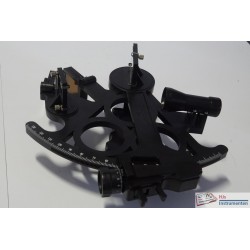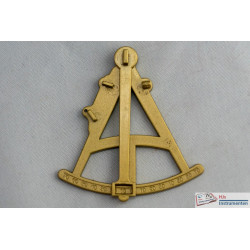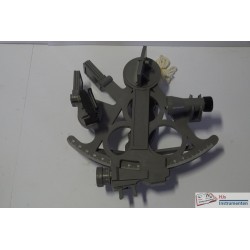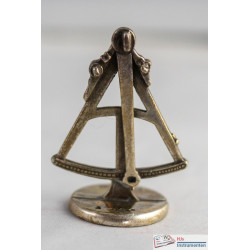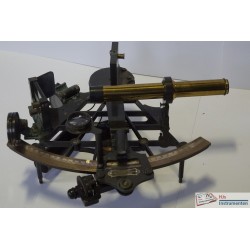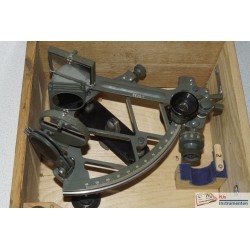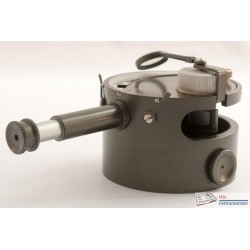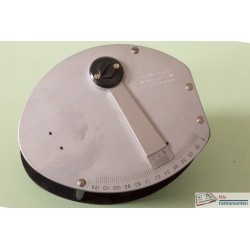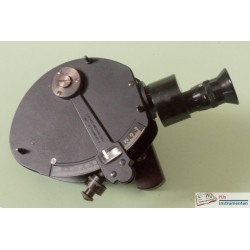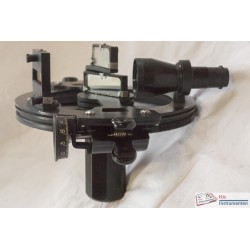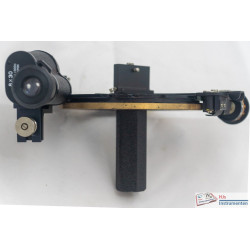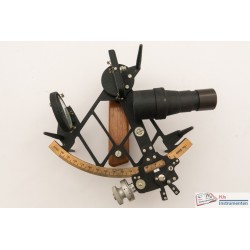Subcategories
-
Octant
The Octant measures up to 90 degrees. Most Octants were made of wood (ebony) with an inlaid ivory scale and vernier scale for fine reading. Some octants in my collection are however newer and are made from plastic.
-
Sextant
The 'true' sextant measures an angle of 120 degrees. Sextants are invariable made of metal (or plastic) and can be of the 'drum' or 'vernier' type where it comes to the fine reading. The drum type uses a scale graduated in whole degrees and a wormgear to measure within the minute. The vernier type uses a scale along which a finely graduated scale slides. They are usually less accurate than the drum type.
-
Quintant
The quintant allows the measurement of larger angles than the regular sextant. Larger angles are usefull when measuring horizontal angles as in hydrography or when doing a lunar distance measurement for time correction. Most quintants in my collection are surveying quintants and were used in hydrographic surveying. Those used in surveying usually have a handle for measuring horizontal rather than vertical angles. They also have additional legs for positining the instrument 'upside down' and they lack the filters used for making sun observatinos. Often they have a single filter on the telescope for reducing the overall light ('sunglasses' for the sextant).
-
Reflecting circle
The reflecting circle is used to measure large angles such as may occur in either hydrography or in lunar distance measurements. They can go up to over 180 degrees but are seldom usefull for angles over 160 - 170 degrees. In a very few cases the reflecting circle is actually not a circle but a very large sextant.

